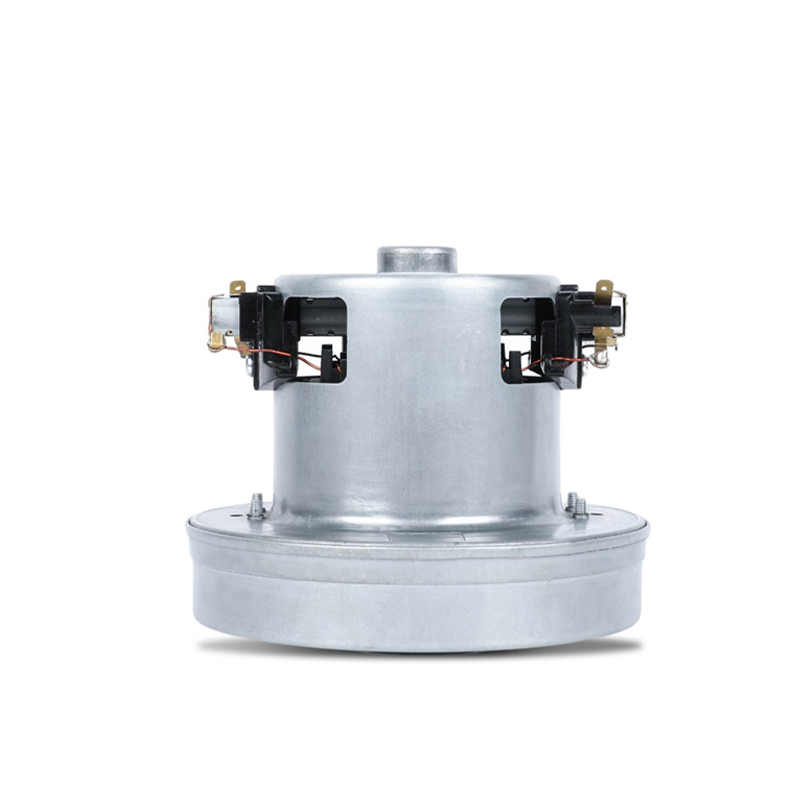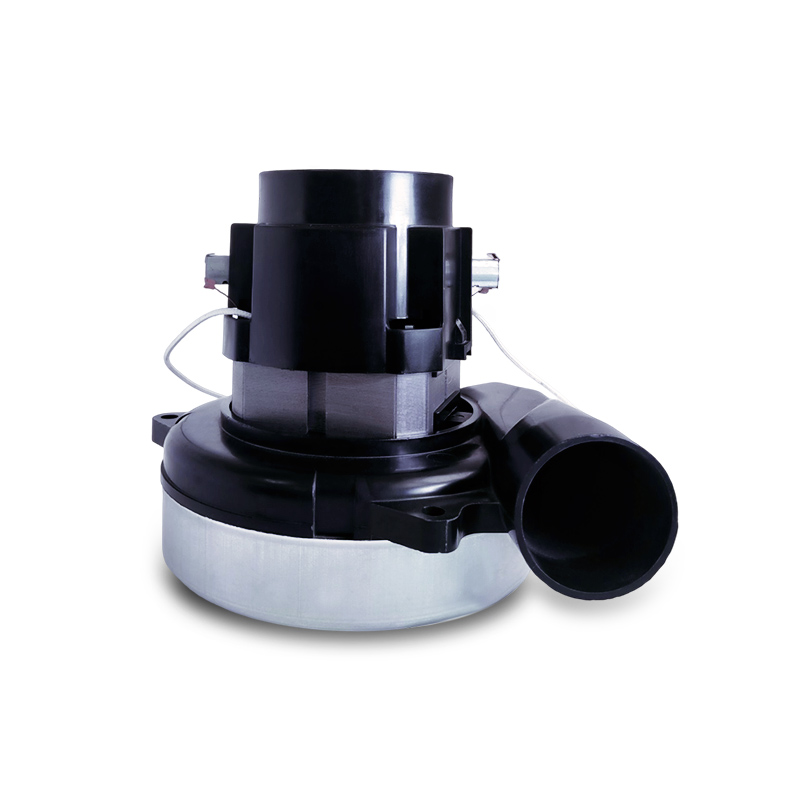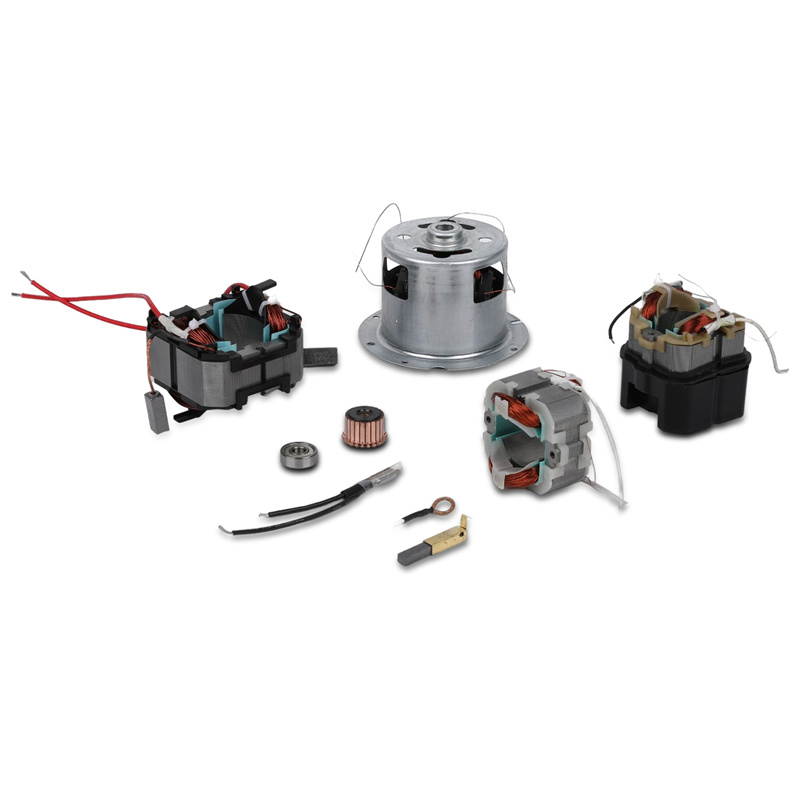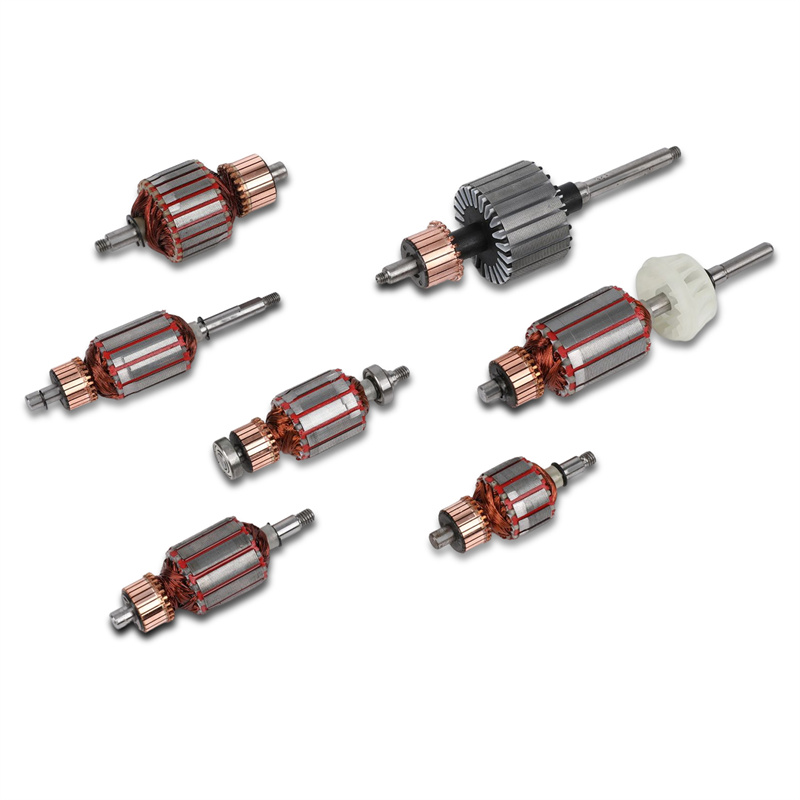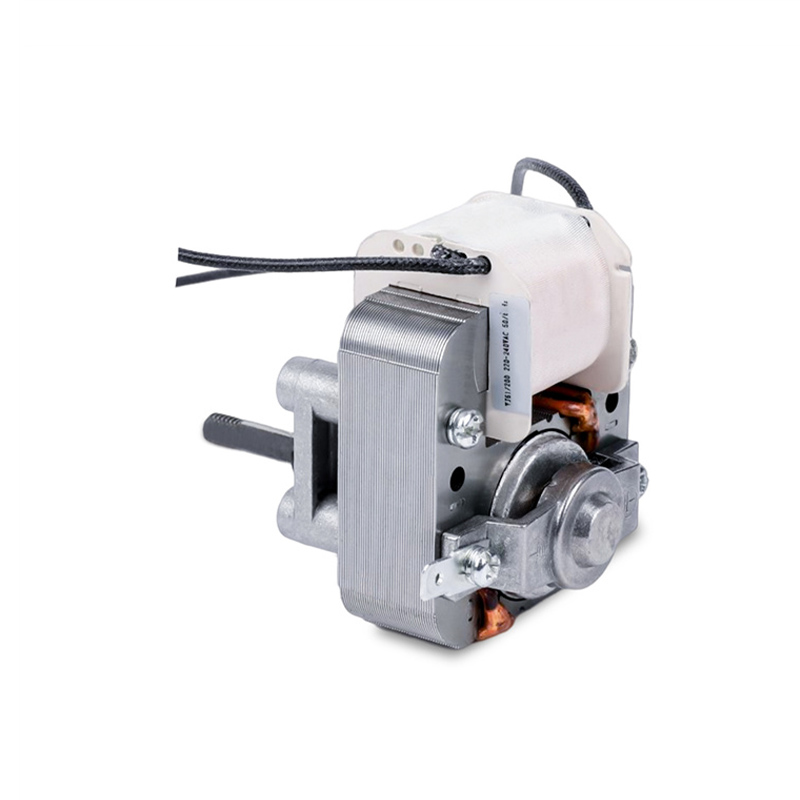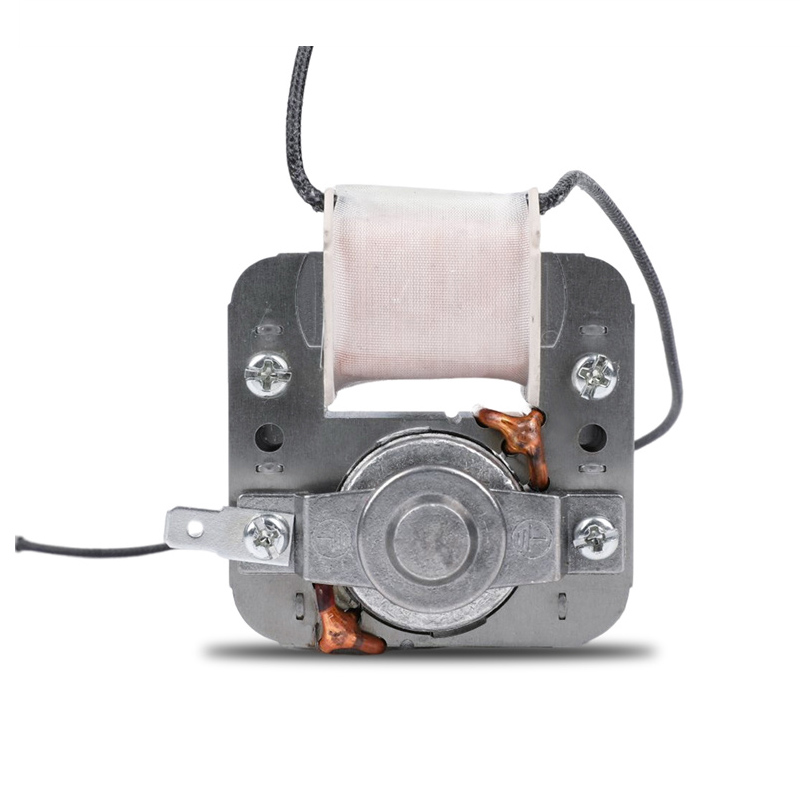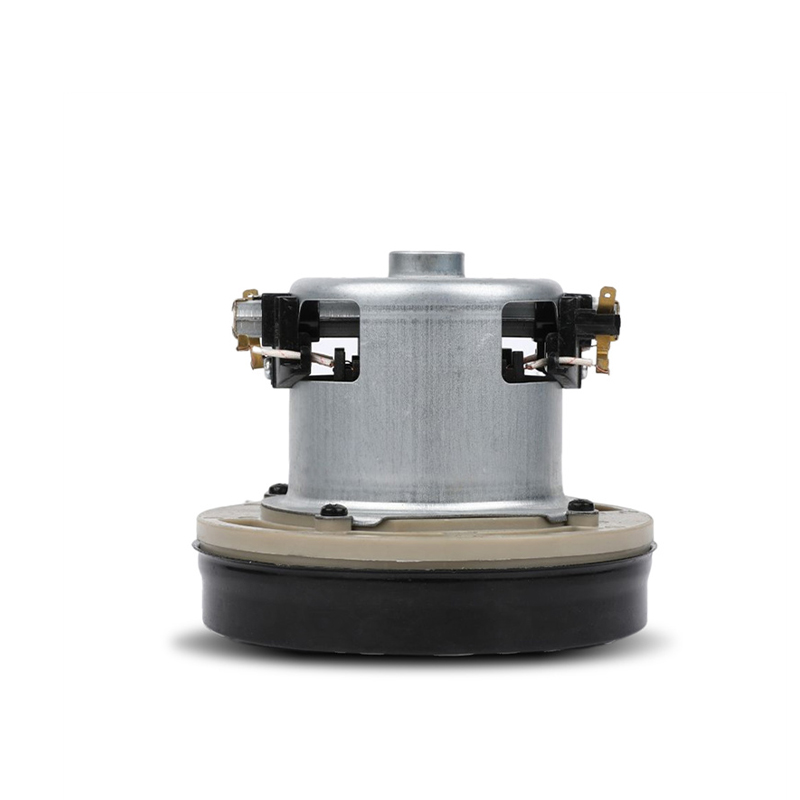The motor components of DC vacuum motors
Rotor:
The rotor is a central and vital component of the DC vacuum motor. It is typically a cylindrical or disc-shaped part that is mounted on the motor's shaft.
The primary function of the rotor is to spin rapidly when electrical power is supplied to the motor. This rotation generates the necessary mechanical energy to create airflow within the vacuum cleaner.
Rotor design can vary, but it often includes fan blades or vanes attached to its surface. These blades play a crucial role in generating airflow by pushing air through the vacuum cleaner's filtration system.
Stator:
The stator is another essential part of the DC vacuum motor. It surrounds the rotor and provides the static magnetic field necessary for motor operation.
When an electric current passes through the coil windings in the stator, it creates a magnetic field. This magnetic field interacts with the magnetic properties of the rotor, inducing rotational motion.
The stator's design and the materials used are critical for creating a stable and efficient magnetic field, ensuring smooth motor operation.
Armature:
The armature is an integral component of the DC vacuum motor's structure. It is usually located within the rotor and plays a key role in generating torque.
When an electric current flows through the armature winding, it interacts with the magnetic field generated by the stator. This interaction results in the creation of a rotational force or torque that powers the rotor.
The design and construction of the armature impact the motor's efficiency and ability to produce torque.
Commutator:
The commutator is a specialized component of DC vacuum motors that facilitates electrical connectivity and direction reversal in the armature.
It is a segmented ring or disc typically made of copper or other conductive materials. The commutator is mounted on the motor's shaft and rotates with it.
Brushes, which are usually made of carbon or other conductive materials, press against the commutator. As the commutator rotates, it establishes and breaks electrical connections between the armature windings, causing the armature to change direction periodically.
This reversing of the armature's direction is essential for continuous motor operation, as it ensures that the rotor spins consistently, creating a steady airflow for the vacuum cleaner.
Brushes:
Brushes are critical components that make direct contact with the commutator. They serve as the electrical interface between the power source and the armature.
These brushes are typically made from materials like carbon or graphite due to their electrical conductivity and wear resistance.
As the commutator rotates, the brushes maintain contact, allowing the flow of electrical current through the armature windings. This electrical current is what drives the armature's motion and, subsequently, the rotor's rotation.
The quality and durability of the brushes are essential for the motor's longevity and reliability.
Stable operation
High efficiency
Low noise permanent magnet micro motor built-in cooling fan
12V, 24V, 48V, etc. according to your requirements
Customizable production


 English
English Deutsch
Deutsch Español
Español 中文简体
中文简体